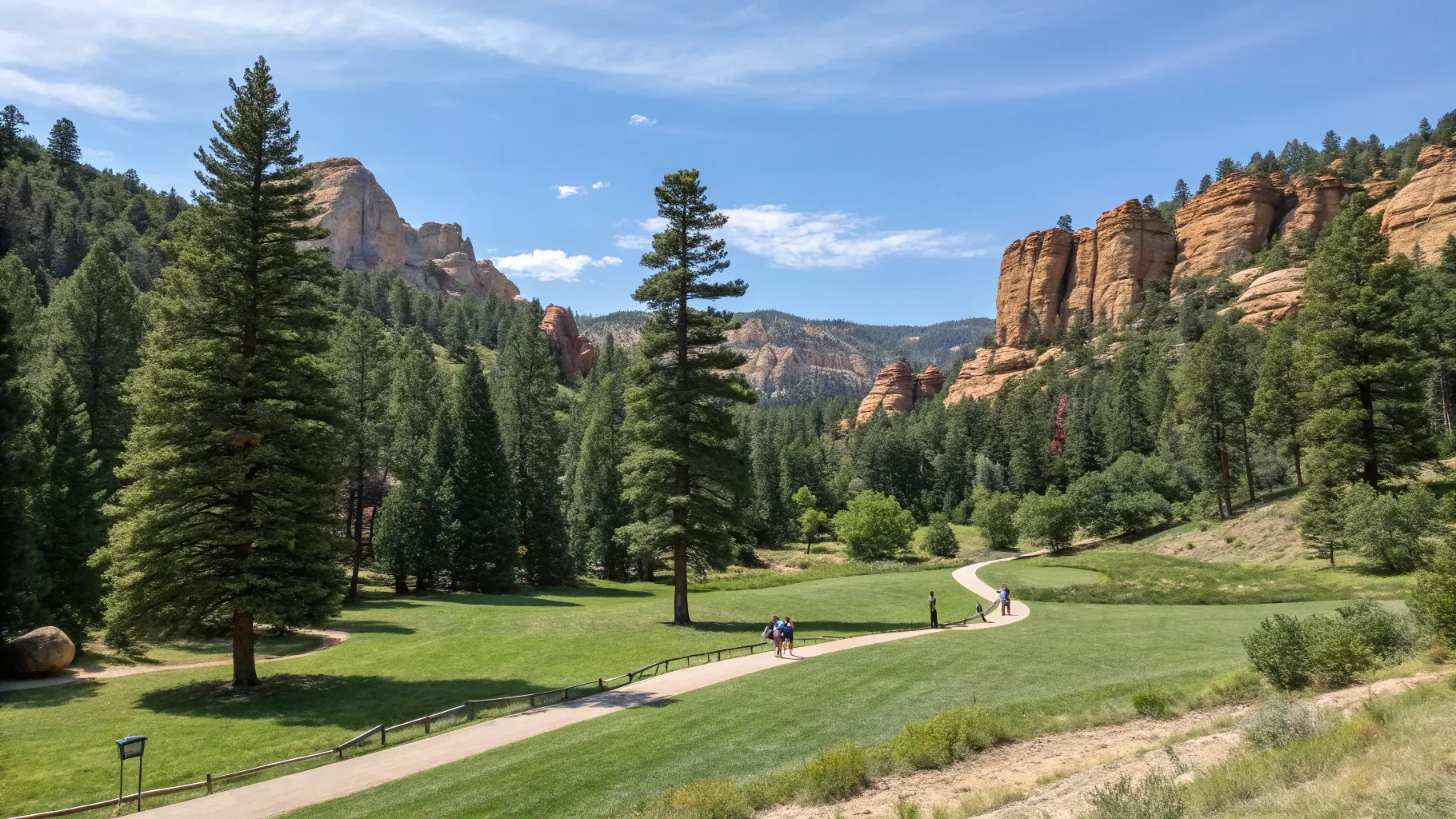Things to do in Garland, Utah
Explore Garland, Utah's nostalgic retro architecture, historic landmarks, peaceful outdoor spots, and vibrant community events. Perfect for small-town lovers in Northern Utah.

Garland, Utah, is a quaint community that offers a unique blend of rural charm and modern conveniences. Nestled in Box Elder County, it is a small town that appeals to families, retirees, and individuals seeking a slower pace of life. This article delves into the advantages and disadvantages of living in Garland, providing a comprehensive overview for those considering a move to this picturesque area.
Access to public transportation in Garland is somewhat limited, which can result in longer-than-average commute times for residents who work in neighboring cities. While some may enjoy the peace and tranquility of a rural setting, the trade-off can be longer drives to work or school. For those accustomed to a more urban lifestyle with robust public transport options, this could be a significant adjustment. It’s important for potential residents to consider their commuting needs and the impact it may have on their daily lives.

Living in Garland, Utah, offers a blend of affordability, safety, and housing opportunities that many find appealing. However, it’s essential to weigh these benefits against the limited amenities and potential commuting challenges. For families looking for a safe environment with a lower cost of living, Garland could be the perfect fit. Conversely, those who prioritize easy access to a wide range of services and shorter commutes may want to explore other options. Ultimately, understanding the pros and cons of Garland is crucial to making an informed decision about relocating to this charming community.
What is the cost of housing in Garland, Utah?
Is Garland a safe place to live?
Are there sufficient amenities in Garland?
What’s the commute like for residents of Garland?
Access all your saved properties, searches, notes and more.
Access all your saved properties, searches, notes and more.
Enter your email address and we will send you a link to change your password.


Your trusted MLS search companion